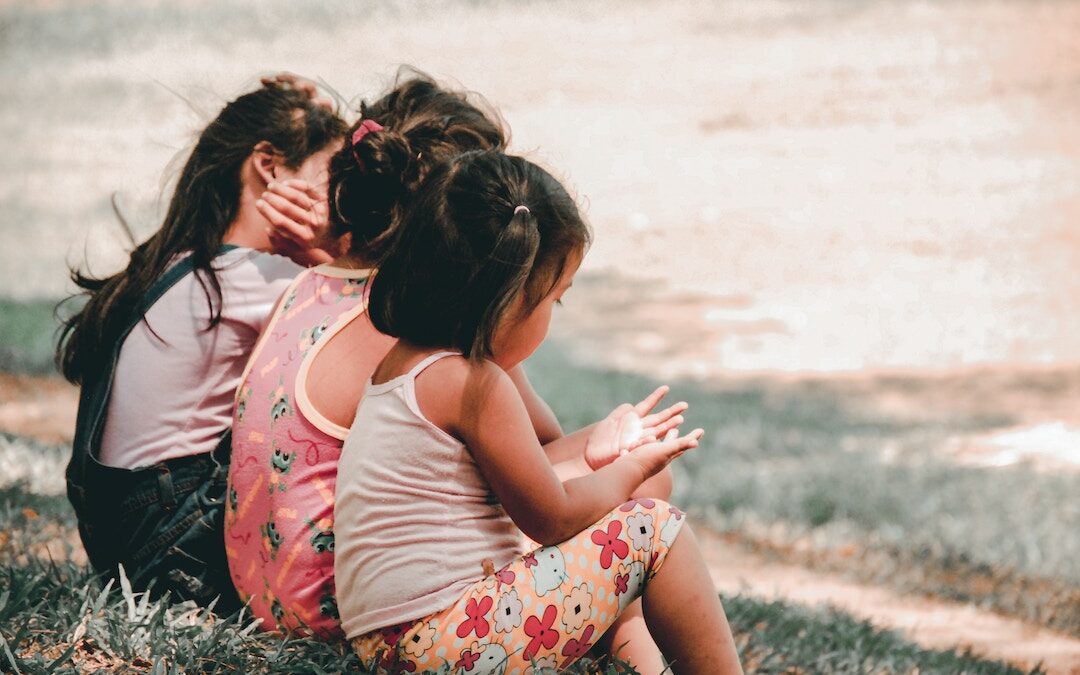The impact of pain and violence in children’s media is being examined in a groundbreaking new study.
A recent examination of the impact of violence and pain in kid’s TV saw Australian parents being asked about the way their families are shaped by the media.
The study was run by the University of South Australia, and participants included parents with children aged between 4 and 6. Through interviews with these parents, researchers were able to identify two main themes when it comes to pain in content for kids. The first is that it amuses the audience. And the second is that children learn about empathy and emotions by witnessing these actions.
Overall, opinions varied on the underlying implications of violent content, making for an interesting and informative study.

Muddling media
For a long time, the role of pain and violence on TV has been the cause of heated debate.
According to Dr Sarah Wallwork, a UniSA researcher, “pain and violence in media are easily accessible to children. It’s in cartoons, computer games and the latest blockbuster movies, so it’s important for parents to understand how it is portrayed to young children.”
“A lot of parents feel positively about children’s media in general and endorse watching screens from a young age. When it came to pain and violence in these media, however, we found that parents shared quite different views.
“Many parents saw pain as comedic or slapstick – exaggerated and used to entertain. This type of pain was very common in the media.
“Others saw comedic pain as problematic because it could potentially desensitise children from pain as well as reduce children’s empathy for pain in others.
One participant suggested that “if somebody falls down and it’s played for laughs, it teaches children that it’s funny, and you don’t necessarily have to help the person.”
In fact, in a study released by the University of Bath back in 2020 which examined a range of children’s media from 2009 onwards, it was found that a lack of empathy was present in a large number of the broadcast characters. While 75 percent of painful events were witnessed by other on-screen individuals, 41 percent of cases showed the witnesses lacking in empathy.

Empathy through entertainment
For some, however, there is a positive side to exposing children to these complex emotions and experiences.
“Many parents felt that children’s media could provide opportunities for children to learn about their emotions and how to respond appropriately to pain,” explains Dr Sarah Wallwork.
Similarly, participants of the study suggested that viewing this pain could help children to establish their own language and dialogue when they experience similar emotions or events.
According to one mother from the study, “It’s another means of giving those painful experiences language, a response pattern that is socially acceptable.”
In other words, when children are able to identify with the experiences of on-screen characters, they develop a greater sense of their own experiences.
Either way, it’s clear that pain and violence play a big role in children’s content. The University of Bath study concluded that kids may view up to nine incidents of pain for every hour of media they consume. To fully understand what role this plays in shaping development, further research is needed.
To learn about the importance of encouraging creativity in kids, click here.

